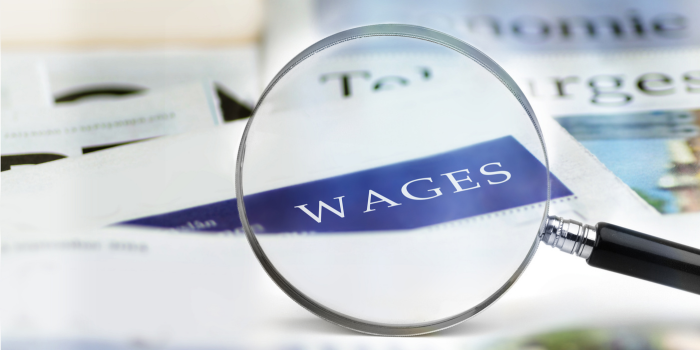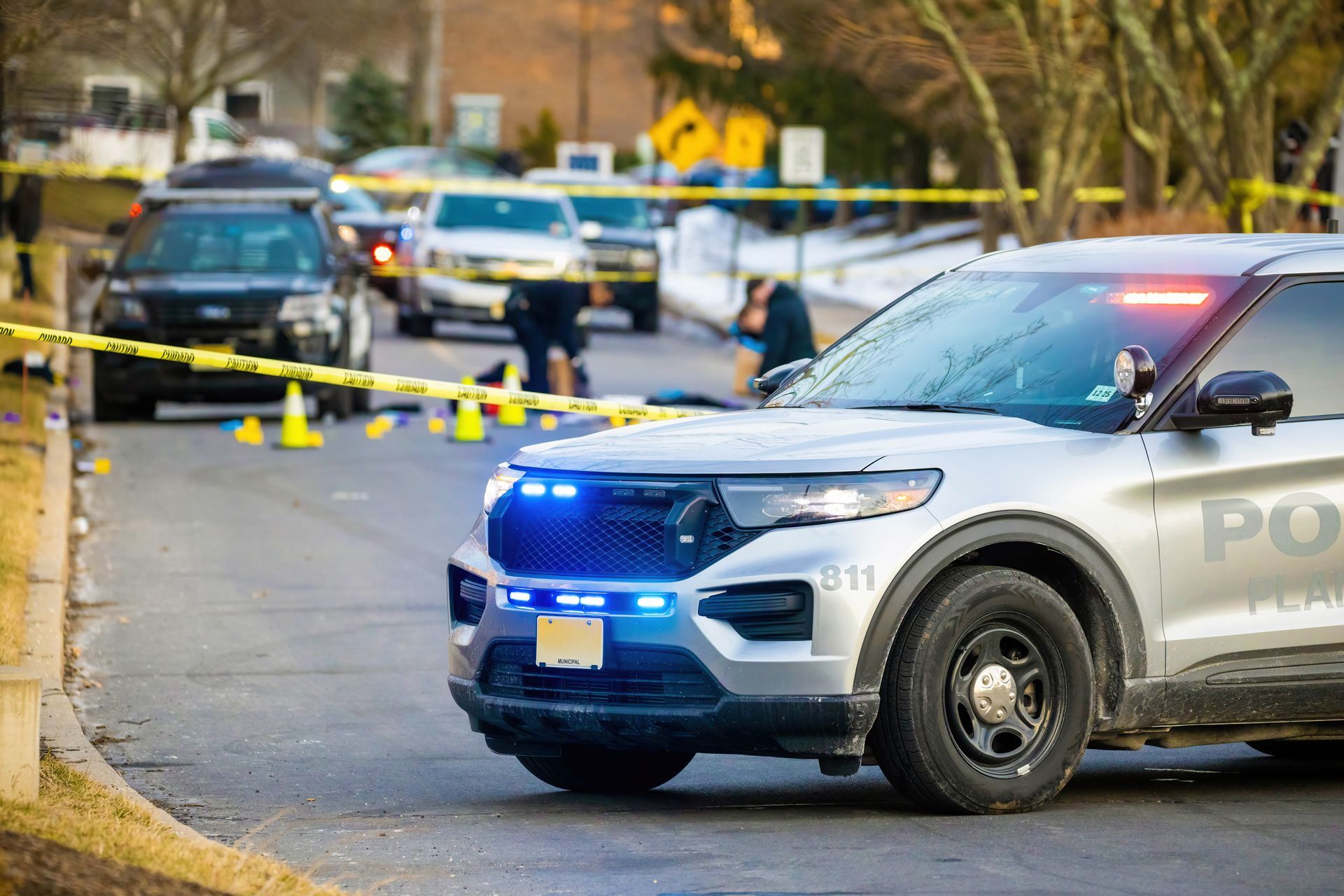CONTACT INFO
350 Motor Parkway, Ste 311
Hauppauge, NY 11788
Phone: 631-348-9500
Fax: 631-348-9511
Call for a Free Consultation (631) 348-9500 • 350 Motor Parkway Suite 311, Hauppauge, NY 11788
24 Hours / 7 Days a Week
Talking Motorcycle Safety Part 2 - Minimizing Danger in Bad Conditions
Talking Motorcycle Safety Part 2 - Minimizing Danger in Bad Conditions
Happy fall to all of you out there on Long Island and in the Greater NY area! I’m Greg Evangelista, back again to talk about safe motorcycling for my friends at Langella & Langella. If you missed my last article from earlier in the riding season, you can check that one out right here.
In that article we talked a bit about the concept of motorcycle accidents being something of an inevitability, as well as how to gear up properly. What we didn’t talk about was how to minimize danger while riding. The truth is, there are countless dangerous situations that are going to present themselves each and every time you get on your bike.
What you choose to do, and what you choose to pay attention to, are going to directly affect how dangerous your ride is. As we go through some of those considerations today, ask yourself: “is this something I’m paying attention to?”
Knowing Your Conditions, and How Your Bike is Going to React to Them
When it comes to “keeping the rubber side down”, grip is everything. Think about it - We’re all putting our lives in the hands of a couple small patches of rubber meeting the pavement beneath us. Whether or not that rubber grips that pavement is the difference between a lot of normal situations, and a lot of really bad ones.
So what affects grip?
Proper Tire Health and Inflation
Tire health and proper inflation are the most obvious factors. Your tires need to have tread left on them, can’t be dried out, and need to have the proper amount of air in them. You’re probably going to be acutely aware of whether or not your tire is too worn to ride on, but you probably aren’t checking your tire pressures as often as you should be.
Under-inflated tires are going to handle very unpredictable, and rob you of responsiveness that you need to have in every area - whether that’s cornering, braking, or changes of direction. On the other hand, over-inflated tires are also a no-no. As you increase tire pressure, you actually decrease the “contact patch” between the tire and the road. So over-inflated tires will actually rob you of overall grip and can lead to sliding.
Riding on Different Types of Pavement
When I’m riding, I’m always aware of how rough or smooth the surface I’m riding on is. Rougher pavement actually provides significantly more lateral grip than smooth pavement in most cases. Obviously this is only to a certain point. Once you get past a certain degree of grittiness, the grip level drops off significantly. But textured pavement is generally pretty confidence inspiring.
On the other hand, very smooth pavement can get really slick, really quick. Whenever I’m transitioning onto smooth blacktop, I’ll pay a bit more mind to how hard I’m pushing the bike, with the knowledge that the grip limits aren’t quite as high. You’re more likely to lose front end grip when loading up the front tire during braking or corner entry, and more likely to spin the rear during acceleration or corner exit.
Different pavement textures also react differently to being damp or wet as well. Speaking of which.
Riding on Damp Surfaces & Wet Surfaces
Knowing how to react to it helps keep you calm, which is key for staying safe.
Damp pavement can be tricky, because in some cases, it’s actually more slick than fully wet pavement. The first layer of water to hit the road isn’t going to permeate into it completely, and it’s also going to mix with whatever layers of oil are currently sitting on the road surface.
Smooth pavement that’s damp is ultra dangerous. It can be like ice sometimes.
Fully wet pavement is a bit more predictable in my experience. Everything gets saturated and the really slick stuff tends to wash away, which means that you’re going to have way less grip, but less unpredictability. The thing that you absolutely MUST watch out for though, is standing water.
Hydroplaning is a rider’s worst nightmare, and it’s something that you run a great risk of when there’s flooding. Riding in the rain isn’t that bad in most cases if you can keep yourself from getting tight or agitated. But once it’s raining hard enough that there’s going to be visibility problems and flooding, you’re really asking for it.
Riding Over Leaves and Clippings - or “Clibbins”
If you’ve been riding long enough, you know the “Haddalayerdown, clibbins” meme. Yeah, it’s good for a laugh. But that meme is based in reality. Fall foliage and grass clippings are actually super dangerous.
Both of them reduce your overall grip level to a serious degree, and are the last thing you want to see on the inside of a corner when you’re already committed to it.
Riding straight over them isn't that bad - just avoid putting any jerky inputs into the bike. But if you’re already using a fair amount of your grip, like if you’re mid-corner or braking hard, they can easily push you past the maximum grip level of your bike and into a slide. DON’T PANIC. The only thing you can do to help is to try to ease the bike back into a controlled situation. Any panic inputs are going to put you on the ground.
If you can avoid riding over this stuff, that’s your best bet. And if you know you’re riding somewhere where you might encounter it, just reign it in a bit. The same goes for patches of dirt and sand. You’re better off having it in the back of your head and riding accordingly, because letting it surprise you is the worst thing you could do.
Riding in Dangerous Places Like Major Highways
This one is more for the newer riders out there. Because I can remember the first time I rode on the Long Island Expressway, the Jackie Robinson, and the I95 “Super Speedway” in Florida. None of those were fun the first time. It felt like someone was going to put me in the hospital any second.
These days though, that fear factor is mostly gone, and that’s because you can develop your “Spidey Senses” to help feel comfortable in places like that.
You need to remember that it’s your job to not put yourself in high risk situations. So here’s a quick checklist of things you can do, that you’ll eventually do subconsciously.
- Don’t ride in any vehicle’s blind spot. Better yet, ride like no one can see you.
- Always assume that any vehicle that could hit you, will hit you.
- Don’t ride directly alongside another vehicle for any length of time if you can help it.
- Do not ride in the middle of two cars going the same speed.
- Stay in a gear that allows you to escape a bad situation by accelerating any time you're surrounded.
- Adjust your lane position to either make yourself easier to see, or make it easier to take evasive action.
- If you want to relax a bit, don’t ride in a middle lane.
- Try to maintain 360 degree situational awareness to the best of your ability.
- Always know where your “escape route” is. Ask “if I had to get out of my current position ASAP, where am I going?”
- Start keeping these things in mind while you ride, and eventually you won’t have to anymore.
Staying Safe For the Rest of This Year’s Season
The worst part of loving to ride? The fact that you can’t do it year round. Well, you could, but that takes some serious commitment. The NY area is getting towards the end of its riding season right now, and that probably means that a lot of you are looking to get your “last-licks” in. Just be aware, this time of year is going to present a lot of the dangerous conditions we talked about here today.
So while you’re out there getting those last few rides in, hopefully you’ll consider some of the tips we shared here today. And if you ever need an attorney to help you with a motorcycle accident case, talk to my friends at Langella & Langella.

Business Hours
We Are Available 24 Hours, 7 Days A Week
Quick Links
Langella & Langella | All Rights Reserved | Privacy Policy & Accessibility | Powered by PS Digital
This website is for informational purposes only and does not provide legal advice. Please do not act or refrain from acting based on anything you read on this site. Using this site or communicating with Langella & Langella through this site does not form an attorney/client relationship. This site is legal advertising.


